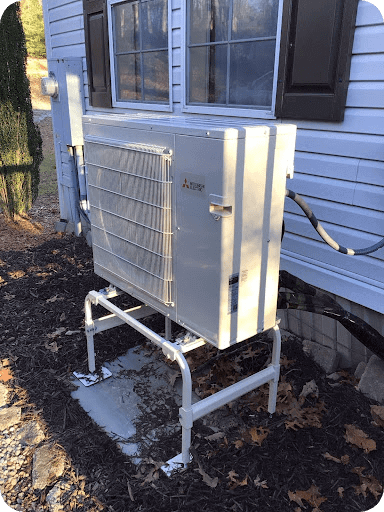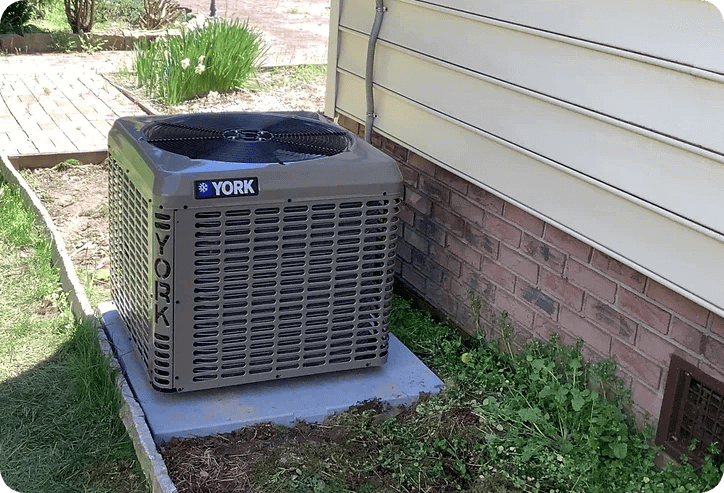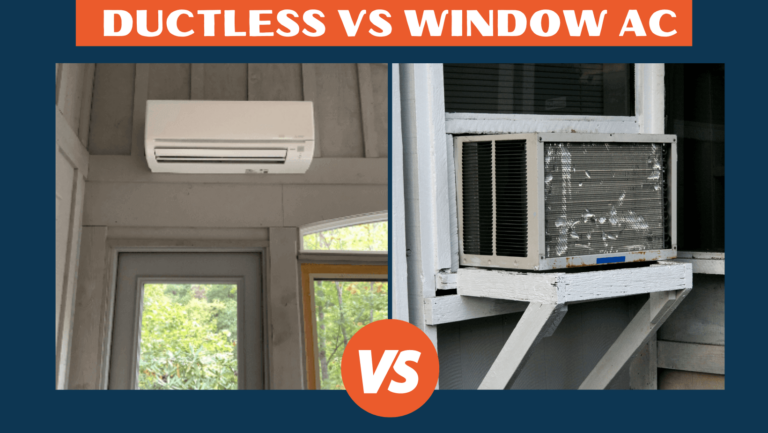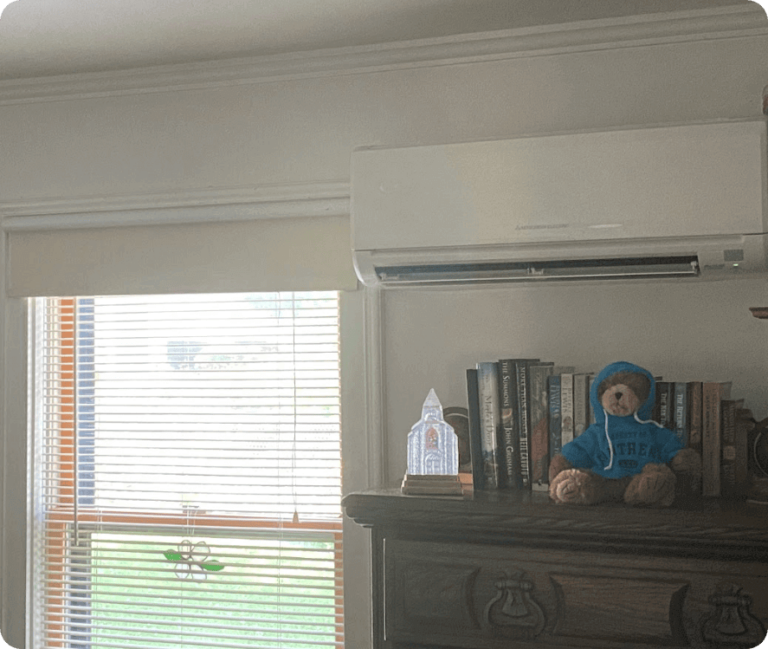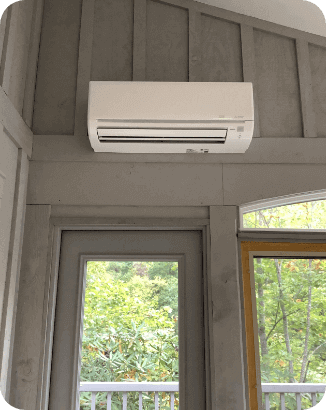Do you find yourself asking, “Why is my upstairs colder than downstairs in winter?” Or wondering, “Why is my upstairs bedroom so cold?” Every home is different and unique, but this is a common problem we see in lots of them. There are different reasons this may be happening, and different solutions to fix the problem.
My background is in mechanical engineering, and designing different solutions that can solve unique problems is something I enjoy, and have a knack for. I’ve designed different styles of heating and air conditioning solutions in homes all around Brevard, NC, Greenville, SC, and the surrounding areas. In this article, I’ll take you through a few common reasons I see that cause this problem and solutions to solving your comfort issues!

Five Reasons Why Upstairs Is Colder Than Downstairs
As we’ve said, every home is unique, from the design to the insulation, to the style of HVAC system they have installed. Even if 2 different homes are both experiencing the same problem, the cause of it may be different. Here are five common reasons that your upstairs may be colder than your downstairs:
- The Thermostat Is On The First Floor
- Losing Heat Through the Attic
- Static Pressure
- Ductwork Problems
- High Ceilings
The Thermostat Is On the First Floor
Often, your thermostat is located on the first floor, meaning it measures the temperature at that level. As a result, it may signal your heating system to stop before the upper levels have reached a comfortable temperature. There are thermostats with remote sensors that can measure different rooms around the home, but most systems just have the one thermostat on the first floor.
Losing Heat Through the Attic
A poorly insulated attic is like a heat sieve, allowing precious warmth to escape rapidly. This can leave your upstairs significantly colder than your downstairs. This also wastes a large amount of energy, and costs you more in utility bills.
Static Pressure
HVAC systems require proper balance to distribute air evenly. If the static pressure is too high or low, it can prevent warm air from reaching the upper levels of your home effectively.
Ductwork Problems
Your ductwork may not be properly distributing warm air throughout your home. Leaks, blockages, or inadequately sized ducts can all contribute to uneven heating. Furthermore, your heating system is usually in the basement, so as the heat travels through the ducts, the top floor is usually the last stop, and gets the weakest amount of heating.
High Ceilings
If your upstairs rooms have high ceilings, they may feel colder due to the increased volume of air that needs heating. The small amount of heat that is there rises, leaving the living space below cool.
Related: Why Is My Upstairs Colder Than Downstairs In Summer?
While it may seem counterintuitive, the same principles making your upstairs colder in winter can cause it to be hotter in the summer. Heat rises, so without proper ventilation or cooling systems, your upstairs can trap and accumulate heat.
Five Options When Your Upstairs Always Colder Than Downstairs
So what are the solutions to making your upstairs warmer in the winter?
- New Insulation
- Ductwork Repair
- Dual Furnace and AC
- Baseboard Heaters
- Ductless Mini Split
New Insulation
Investing in better insulation, particularly in the attic, can help retain heat in the winter and deflect it in the summer, improving comfort on both levels. This is going to make your space more comfortable, but also more energy efficient.
Ductwork Repair
Fixing leaks or blockages in your ducts can enhance the airflow and distribute warm air more evenly throughout your home.
Dual Furnace and AC
Installing a separate HVAC system for each floor allows you to independently control the temperature, ensuring comfort all year round. This can help you save on energy consumption as well.
Baseboard Heaters
These provide an additional heat source for your upstairs, helping to balance temperatures between levels. This is not our favorite option, but is still a solution.
Ductless Mini Split
A ductless mini-split system can provide both heating and cooling to specific rooms, giving you more control over the temperature. This system is also extremely energy efficient and can be used as a supplement to a current system.
More Mini Split Benefits
These systems are energy-efficient, easy to install, and provide immediate comfort control in each installed zone. They provide both heating and cooling, so there’s no need for different HVAC systems for different seasons. They are also whisper quiet, making them perfect for a bedroom, living room, or home office. If you are looking for Greenville, SC’s trusted mini split installers, look no further.

FAQs
How do you keep upstairs and downstairs the same temperature?
Balancing the temperature involves several factors, including the proper setup and maintenance of your HVAC system, ensuring good insulation, and considering additional heating or cooling sources as necessary. Certain thermostats also help you balance the temperature better than older, outdated models.
How do I increase airflow to my second floor?
You can increase airflow by having your ductwork inspected and repaired, considering a dual-zone HVAC system, or installing additional air movers or fans. if you are having airflow issues, best to have a professional take a look.
What is the best thermostat setting for a 2-story house?
The optimal thermostat setting depends on your comfort preferences and energy efficiency goals, but a common practice is to set it at 68-70°F in the winter and 74-76°F in the summer.
If you are having heating or cooling issues at your home, Blue Ridge can help. If you are located in NC, call us at (828) 415-3335, and if you are in SC give us a call at (864) 485-6509!

